This past December, I had the privilege of being invited to a presentation from the students in 2A where the students presented a proposal for some new, exciting, and inclusive play spaces.
Earlier in the year the class agreed to take on a big challenge—reimagining our elementary school’s playground! As part of our school’s Drive to Revive initiative, these young designers engaged in a project-based learning (PBL) experience that was important and inspiring.
Their teacher, Hilda deWolde, challenged the students to think critically about “What does a great playground look like for everyone?” With their teacher’s guidance, the students jumped right in, exploring local playgrounds, gathering data, making designs, and polling their peers to learn what a playground should “look like, feel like, and be like.” Then they prepared a presentation for a panel of school leaders as part of the Drive to Revive initiative.
What did they come up with?
Their final recommendations included a slide down the hill (because that’s fun), stairs to make it easier to walk up the hill, more gravel paths for kids in wheelchairs, a forest with lots of trees to play in, rubber ground by the play structure that’s easier for wheelchairs, a big swing that holds multiple kids, a stand up teeter totter (because we don’t have one), and more nature things like stumps and bushes (because that looks nice).
I love that their ideas reflected a deep desire to create a fully inclusive playground where every child, made in the image of God in different and unique ways, should be able to participate and enjoy playing on the playground. Their work has sparked important discussions, and we’re looking at ways to bring their vision to life, hopefully starting this summer.
The Value of the Playground
Mr. Rogers famously said, “Play gives children a chance to practice what they are learning.” His philosophy emphasized that play is not just a break from learning, but an essential part of it. Play is a vital experience that supports a child’s physical, social, and cognitive development.
Recent studies on post-pandemic children identifies greater developmental variability amongst children, with more delays in social, emotional, and cognitive skills, leading to challenges in self-regulation, attention, and social responsiveness. Many preschoolers and kindergarteners are struggling with emotional regulation, impulse control, and cooperative play, which may be linked to early experiences of stress, isolation, and extensive screen time.
To help bridge these developmental gaps, childhood experts emphasize the importance of creating environments that support hands-on, interactive, and social learning experiences, like a school playground!
The school playground is more than a recreational space; it is essential for healthy child development and provides a place where children can practice key developmental skills in a natural and engaging way.
According to the Play Today: BC Handbook, children need a variety of play experiences to build essential skills:
- Functional Play: Running, climbing, and jumping help develop motor coordination and physical health. Climbing structures, slides, and swings help build motor skills and physical coordination.
- Constructive Play: Building and problem-solving strengthen cognitive abilities. Sandboxes, water tables, and building areas encourage creativity and problem-solving.
- Dramatic Play: Pretend play enhances creativity and emotional intelligence. Playhouses, themed structures, and open-ended materials allow children to engage in imaginative role-play and develop social communication skills.
- Games with Rules: Structured games teach children cooperation and self-regulation. Spaces for group games like hopscotch, four-square, and obstacle courses teach cooperation and self-regulation.
By designing a playground that support multiple forms of play, we create inclusive spaces where children not only build strength and agility, but also learn how to interact with others, manage their emotions, and develop perseverance—skills that are especially important for our elementary students today.
Want to find out more about play-based learning? Read more about why this type of learning is so important.
Do You Want to Play?
We invite you to join us in making their vision a reality.
Whether through donations, volunteer efforts, or simply spreading the word, your partnership will help us create new play spaces on our playground that serve all our students. If you’d like to get involved, please reach out. We’d love to work together to make this dream come true.
I couldn’t be prouder of these students—and their dedicated teacher—for their creativity, leadership, and kindness.
Stay tuned—our playground is about to get a whole lot better!
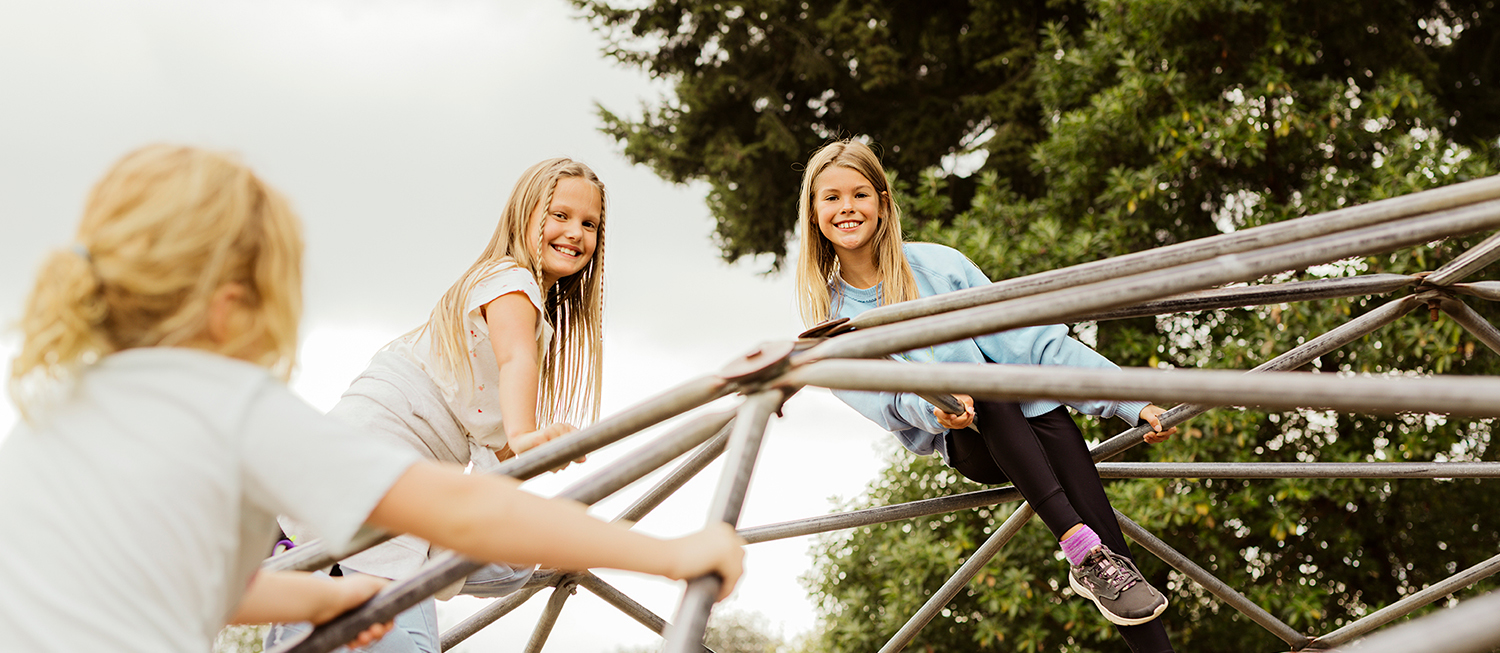
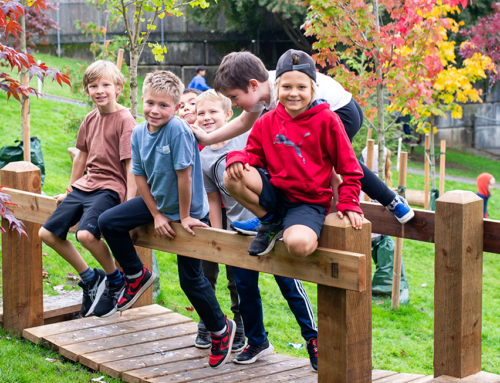

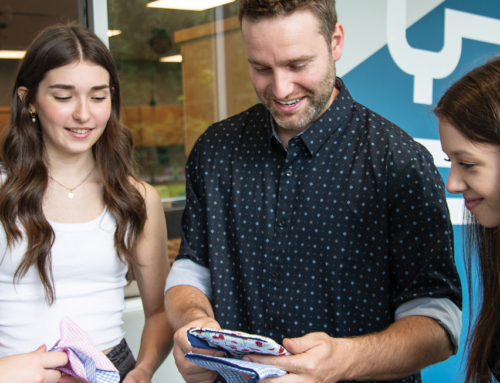
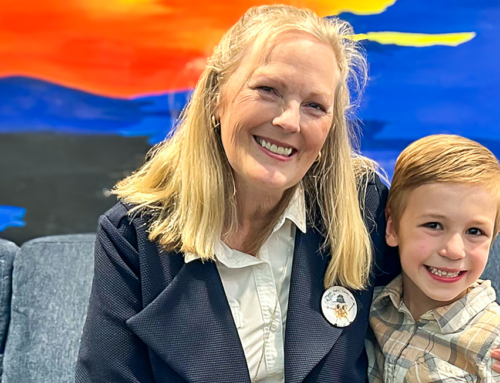
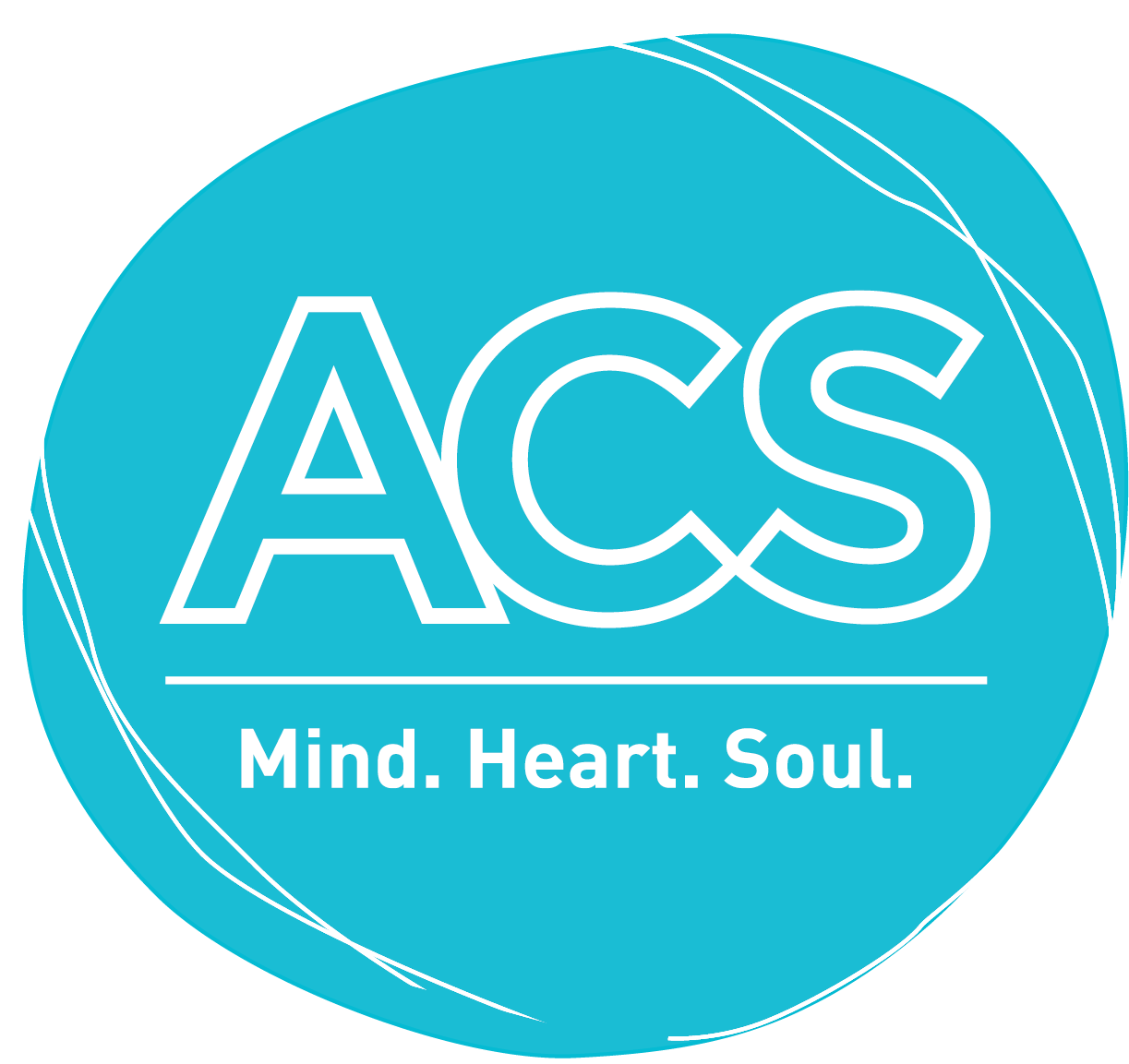
WHAT DO YOU THINK?